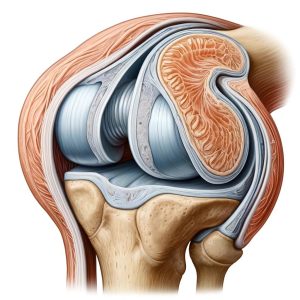A meniscus tear, one of the most common knee injuries, can significantly impact mobility and quality of life. This comprehensive guide aims to unravel the complexities of meniscus tears, providing insights into their causes, symptoms, diagnosis, treatment options, and recovery paths.

The meniscus is a piece of cartilage that cushions and stabilizes the knee joint. Tears often result from either traumatic meniscus injury, often seen in athletes, or degenerative changes due to aging.
Common symptoms of a meniscus tear include:
Meniscus injury diagnosis typically involves a physical examination, where doctors will check for tenderness along the joint line. Imaging tests like MRI scans may also be used to confirm the diagnosis.
Treatment Pathways: From Rest to Surgery
Treatment varies based on the severity of the tear and the patient’s lifestyle:
Preventive strategies include maintaining a healthy weight, regular exercise, using proper techniques during sports, and strengthening leg muscles.
Meniscus tears, while common, are not insurmountable. Understanding the condition, seeking prompt medical attention, and following a tailored treatment and rehabilitation plan can lead to a successful recovery and return to normal activities.
